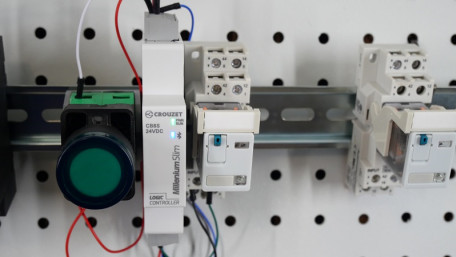
One of the smallest PLCs on the market, the Millenium Slim by Crouzet, can handle advanced functions with a wireless interface and function block (FBD) style IEC…
One of the smallest PLCs on the market, the Millenium Slim by Crouzet, can handle advanced functions with a wireless interface and function block (FBD) style IEC 61131 programming.
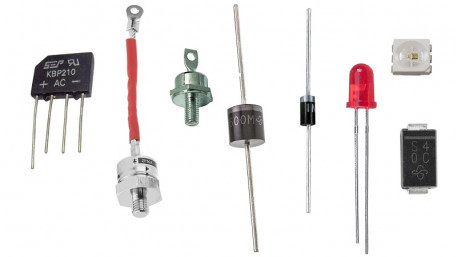
Some devices, like switches, are non-polar; you can connect them in either direction. What makes diodes so special, and…
Some devices, like switches, are non-polar; you can connect them in either direction. What makes diodes so special, and how can you tell the right way from the wrong way?
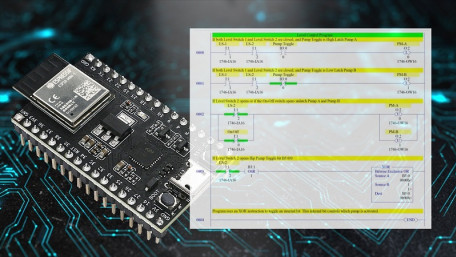
Besides using a Raspberry Pi or an Arduino Uno, a low-cost PLC can be built using the popular ESP32 microcontroller. The…
Besides using a Raspberry Pi or an Arduino Uno, a low-cost PLC can be built using the popular ESP32 microcontroller. The OpenPLC software supports this popular 32-bit platform.
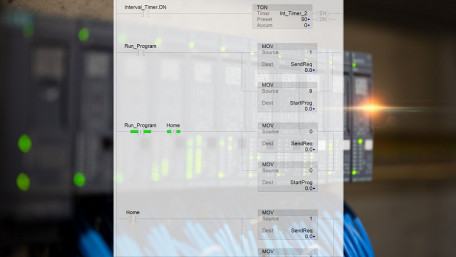
Ladder logic is an industrial control systems legend stemming from electrical line diagrams before the days of PLCs.…
Ladder logic is an industrial control systems legend stemming from electrical line diagrams before the days of PLCs. Although logical, they are difficult to interpret.
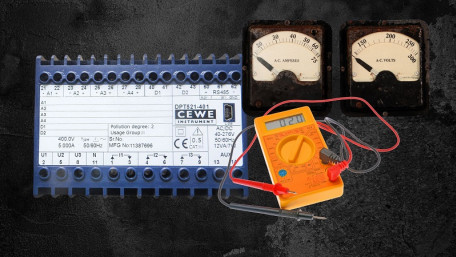
In any process industry, transducers are the basic instrumentation unit for continuous monitoring of system variables…
In any process industry, transducers are the basic instrumentation unit for continuous monitoring of system variables that provide inputs for control system algorithms and outputs.

Ladder logic is an industrial control systems legend stemming from electrical line diagrams before the days of PLCs.…
Ladder logic is an industrial control systems legend stemming from electrical line diagrams before the days of PLCs. Although logical, they are difficult to interpret.
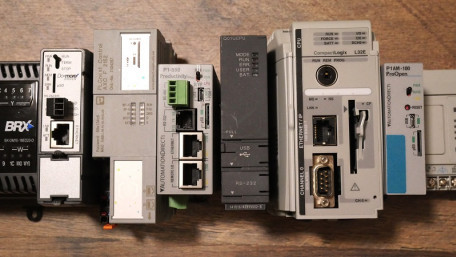
Learn all about the central processing unit (CPU): the built-in module inside the PLC responsible for executing the…
Learn all about the central processing unit (CPU): the built-in module inside the PLC responsible for executing the program and communicating with external devices.
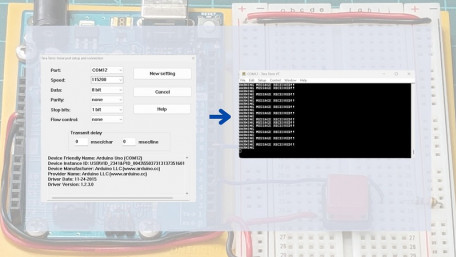
With a C++ extension, monitoring of status and warning messages can easily be displayed with OpenPLC. Arduino PLC…
With a C++ extension, monitoring of status and warning messages can easily be displayed with OpenPLC. Arduino PLC variables can then be observed using a serial terminal or monitor.
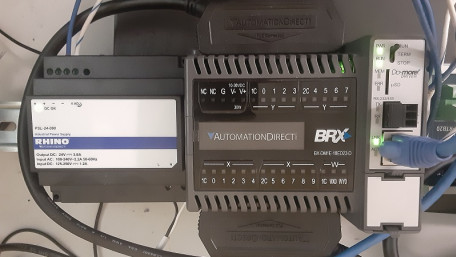
Learn how to use an AutomationDirect BRX PLC with the Do-more Designer software. This tutorial will cover discrete I/O…
Learn how to use an AutomationDirect BRX PLC with the Do-more Designer software. This tutorial will cover discrete I/O commands along with basic timing and counting ladder functions.
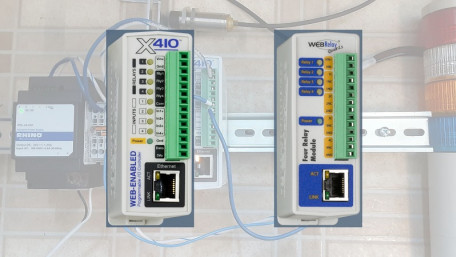
Logic is critical for industrial control, and it usually looks like ladders, function blocks, or structured text. I/O…
Logic is critical for industrial control, and it usually looks like ladders, function blocks, or structured text. I/O controllers are designed to automate simple logic tasks and data functions.

An age-old debate in PLC programming: investigating the uses and caveats of latching software commands versus seal-in…
An age-old debate in PLC programming: investigating the uses and caveats of latching software commands versus seal-in ladder logic for industrial control applications.

As commercial and industrial software migrates to ‘cloud-based’ and ‘subscription’ models, what does it mean? How…
As commercial and industrial software migrates to ‘cloud-based’ and ‘subscription’ models, what does it mean? How does it affect the usability and security of critical parts of control infrastructure?
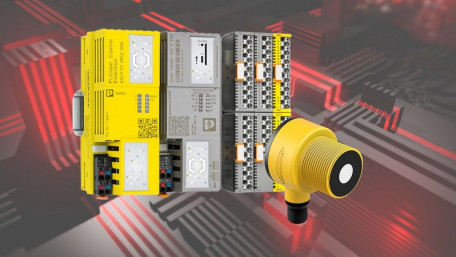
Learn how to connect analog inputs, either voltage or current, to the Phoenix Contact’s IIoT PLC platform and design…
Learn how to connect analog inputs, either voltage or current, to the Phoenix Contact’s IIoT PLC platform and design simple data processing programs with the PLCnext Engineer IDE.
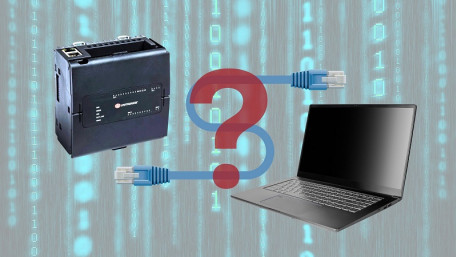
Every method of connecting to an industrial device—USB, serial, or Ethernet—poses challenges. For Ethernet, we often…
Every method of connecting to an industrial device—USB, serial, or Ethernet—poses challenges. For Ethernet, we often must adjust the IP address of our PC, not only the device itself.
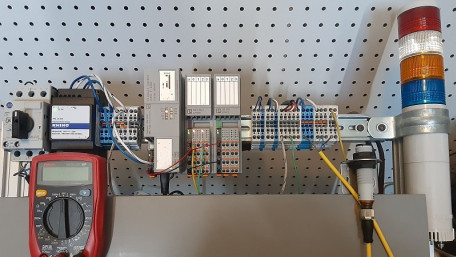
Learn how to get started with Phoenix Contact’s PLCnext and Engineer software, a platform that ultimately provides a…
Learn how to get started with Phoenix Contact’s PLCnext and Engineer software, a platform that ultimately provides a PLC environment for plant control as well as an OS for more advanced IIoT projects.
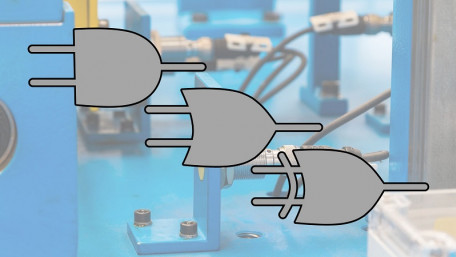
Sensor networks with built-in logic functions can save cost and program execution speed, but what are those various logic…
Sensor networks with built-in logic functions can save cost and program execution speed, but what are those various logic functions, and when might they be preferred over normal PLC ladder logic?
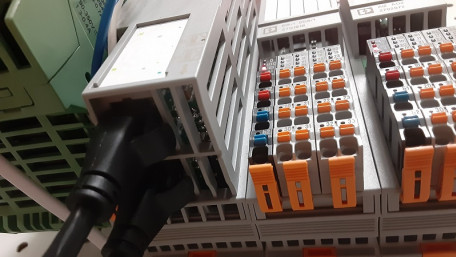
Every automated cell requires a ‘brain’ in order to achieve the required tasks. How do you determine the necessary…
Every automated cell requires a ‘brain’ in order to achieve the required tasks. How do you determine the necessary I/O, communication protocols, and processor necessary for controlling your system?
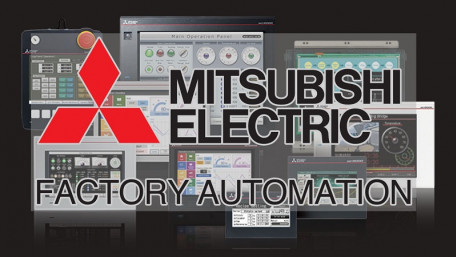
Learn how to write a ladder logic program to assign a string value to a data register and share that register with any…
Learn how to write a ladder logic program to assign a string value to a data register and share that register with any HMI compatible with Mitsubishi’s MELSEC PLC series.
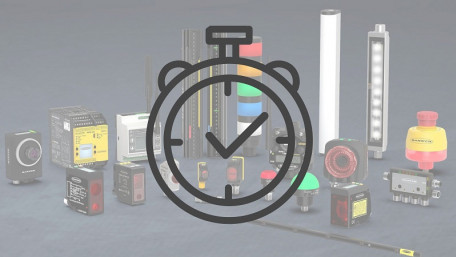
Sensors with timer functions advance modern automation systems, enhancing the precision and flexibility of in-process…
Sensors with timer functions advance modern automation systems, enhancing the precision and flexibility of in-process controls to ease the strict requirement for an external, clock-based logic CPU.

Learn how to use GT Designer 3 to create an interactive control system on Mitsubishi HMIs. With practical examples of…
Learn how to use GT Designer 3 to create an interactive control system on Mitsubishi HMIs. With practical examples of simple on/off bits, gain some understanding of HMI designing and programming.
